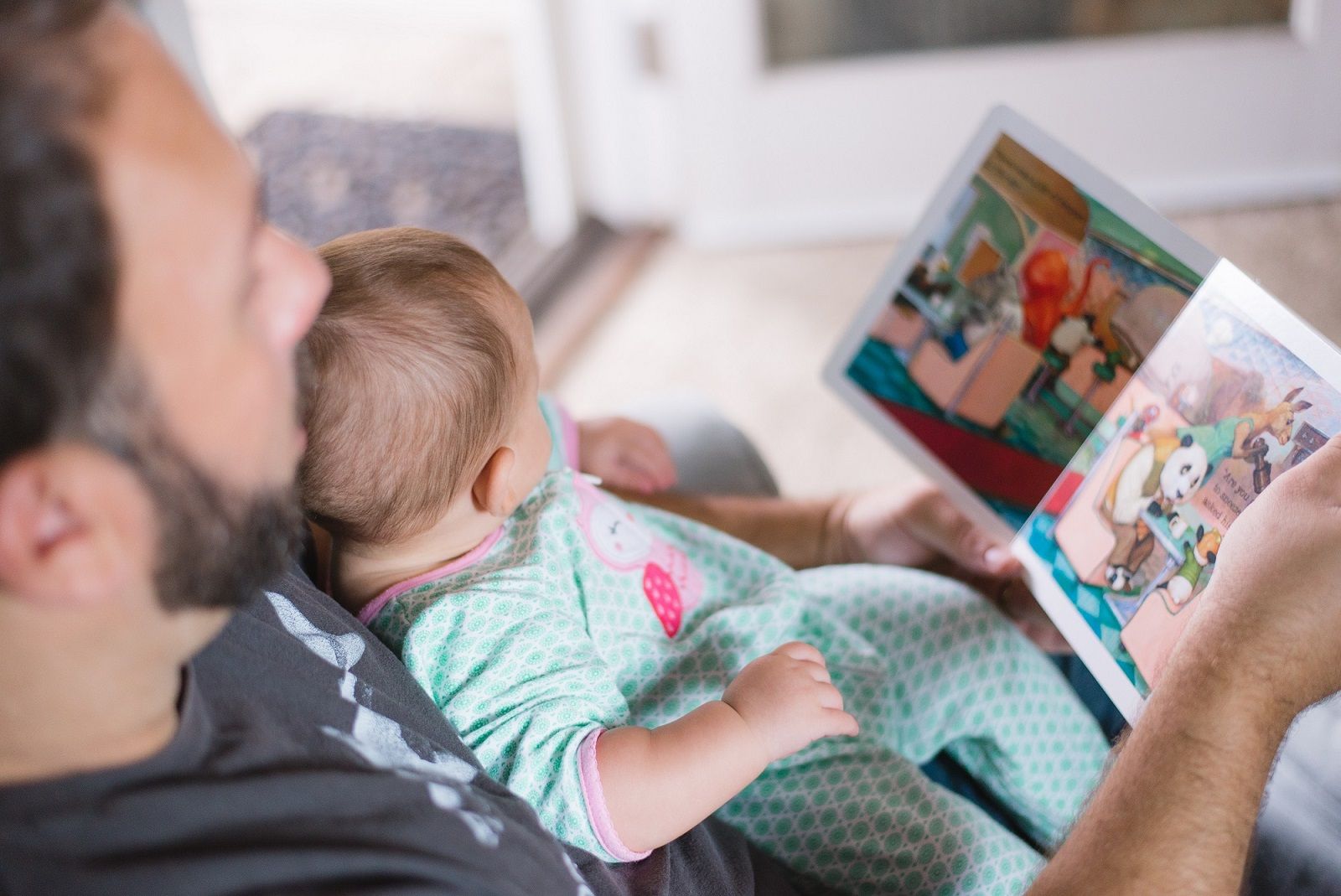Last week, we discussed why storytelling is a powerful addition to your marketing efforts. This week, we’ll look more closely at how you can tell those powerful stories.
The purpose of storytelling is to communicate an idea, concept, or value in a way that resonates with prospective and current families. Doing so will both provide value to your audience and differentiate your school from others in the area. After all, it’s far more effective to tell a story that demonstrates your values than it is to simply state them.
Storytelling 101
Peter Guber’s Tell to Win: Connect, Persuade, and Triumph With the Hidden Power of Story outlines three important parts to an effective story:
- Get your audience’s attention with an unexpected challenge or question,
- Give your audience an emotional experience by narrating the struggle to overcome that challenge, and
- Galvanize your audience’s response with an eye-opening resolution that calls them to action.
Capture your audience’s attention first, fast, and foremost. For example, let’s say you are writing a story about a difficult school project that a group of students successfully completed. The “unexpected challenge” might be the moment the students realized it would not be as easy as they thought.
Guber continues to list four elements necessary to elicit emotion from your audience:
- The heroes are characters the audience can recognize and sympathize with. If we use the example above, your audience (parents and families) would be able to sympathize with the students, as they would see their own children in the group of students.
- Drama must be present—in the form of a difficult school project in the above example.
- The audience experiences the same epiphany the storyteller experienced at the climax of the story. This would be a solution to the difficult project in the case of the students.
- The story should shine light on an interest, goal, or problem that both the storyteller and audience share—the success of the students as they see this difficult school project to completion, similar to how your audience would want to see the success of their own children.
Lastly, the story should conclude with a resolution that couldn’t necessarily have been guessed from the start. Ideally, this resolution causes the audience to see the world differently and take action accordingly.
In the example above, the students may come up with a creative solution that demonstrates the type of innovation and ingenuity encouraged at your school, causing your audience to consider your school as an option for their own children.
Use the IMPACT candidate persona template to craft the best story for the right audience.
Be Concise and Authentic
Effective stories walk the fine line between being concise and weaving an engaging narrative. While some details help the audience feel as though they are part of the story, too many bog down the narrative. In many cases, a story should not take more than two minutes to tell (or read).
But above all, be authentic. There is something inherently magnetic about authenticity. It makes it easier for the audience to sympathize with the protagonist(s)—one of the important elements to evoke an emotional response.
Also, resist the temptation to use stock photos in a story-based blog post, as the lack of authenticity of these images will diminish the power of your story.
Experiment With Different Formats For Your Stories
Stories can take many different forms on your website from blog posts to testimonials. In fact, the best testimonials are usually in the form of a story. It’s a good idea to include a few of these testimonials somewhere on your school’s site.
Another very powerful format for storytelling is video. Study a few short human-interest stories on YouTube or news websites and notice how they include the three components of a story listed above.
In Summary
Storytelling is a powerful, yet under-utilized, means of providing information to families that resonates with them long after they’ve left your site. Look for opportunities to include stories about your school, your students, and families on your site. And make sure to keep an eye on your analytics to see which perform best with your web visitors.
Need a few more ideas for telling your school's story?
Download the free PDF below for 50 Blog Post Ideas for Schools that will engage prospective families.





SUBMIT YOUR COMMENT